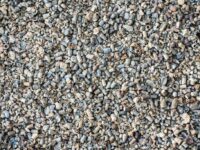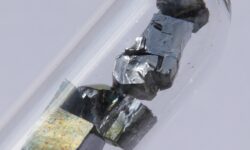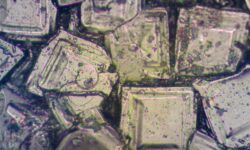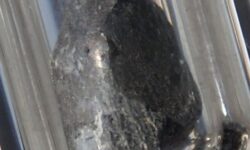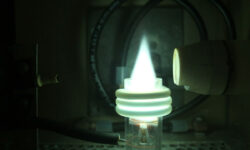Sources of Lead
Lead is an expected wear metal in any machine using plain bearings, as lead and tin are the most predominant metals used in Babbitt overlay, with lesser amounts of copper, antimony, and/or arsenic. Typically, increasing levels of lead from this layer are not considered actionable, not until metals like copper or nickel from a lower layer begin appearing.
Lead and tin may also appear due to leaching from the solder used to attach cooler tubes, often in conjunction with an increase in Acid Number, however the common action is to simply change the fluid.
Another form of a harmless increase in lead may be seen due to the use of a lead-based anti-seize compound during reassembly, as any excess will dissolve into the oil as well.
In engine oil samples, lead may appear from the use of aftermarket fuel additives like octane boosters, but this should not be viewed as an increase due to mechanical wear.
Watch for the next article in the Elemental Spectroscopy blog series: Aluminum


